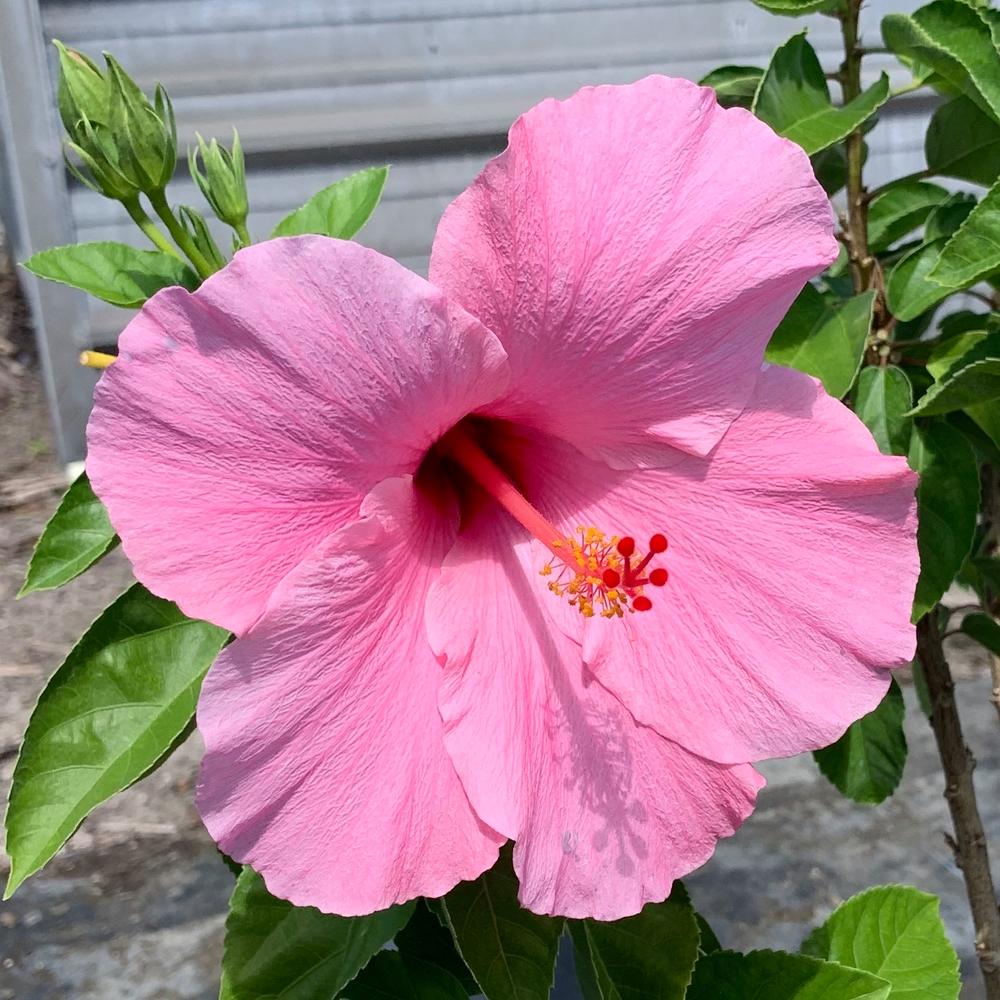
Hibiscus plants are tropical beauty that will give your landscape an unusual appeal. The bright blossoms will attract hummingbirds and butterflies to your yard, and they are hardy plants that may grow up to 15 feet tall. Because hibiscus plants are tropical, they require special attention to guarantee that they survive in different climates.
My yard is brimming with these stunning blooms, and I know that with proper care, a hibiscus plant will pay off handsomely. They look great when planted together, but if you just have a tiny garden, you may cultivate a single hibiscus plant and use it as the main point instead. Because these plants might be tough to care for, I’ll give you some pointers to get you started.
How to Plant and Care for Hibiscus
Hibiscus does not require much maintenance; it merely requires specific conditions in order to grow. Let’s look at some tips for developing a happy and healthy hibiscus plant.
Type of Soil
Hibiscus like to be grown in slightly acidic soil. If the soil in your garden isn’t acidic enough, you might try adding peat moss to raise the pH level. Plant the hibiscus approximately two or three feet apart in the dirt; these plants may appear little at first, but they will develop to be very huge over time. Furthermore, do not plant these plants until the year’s frost threat has passed to ensure that they will survive the low weather.
Watering Hibiscus
Hibiscus require wet soil to thrive, but it must also be properly drained. This prevents the roots from rotting by allowing them to sit in a huge amount of water. If the plant is under-watered, the blooming process may be interrupted, as this is a protective mechanism for the plant’s roots. Using an irrigation system that drains any surplus water is the best approach to guarantee that the plant receives enough water.
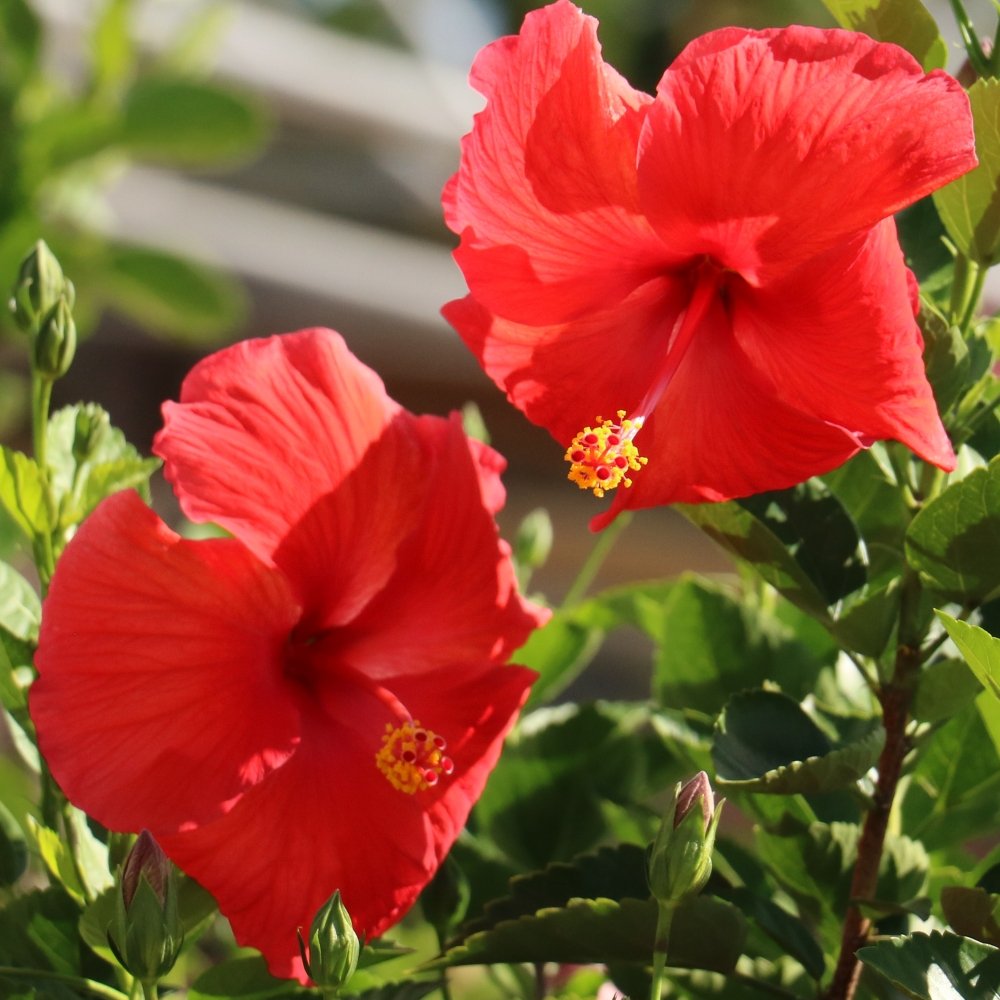
Optimal Lighting
A place that receives direct sunshine for five to six hours every day is ideal for a hibiscus plant. They will grow in partial sunshine, although this will reduce the number of blooms produced. The plant need as much full light as possible for best development.
Temperature Requirements
Temperatures between 60 and 90 degrees Fahrenheit are ideal for hibiscus plants to thrive. When the temperature approaches 32 degrees Fahrenheit, the plants must be brought inside to avoid harm from the cold.
Pruning Hibiscus
Hibiscus plants do not require pruning, but if you do, the plant will appreciate the extra attention. Pruning a hibiscus plant to revitalize its appearance should be done in the early spring. This will speed up the budding process and ensure that the plant thrives throughout the summer. If you prune your hibiscus plants late in the season, don’t clip the branches too far back or the blooming process will be hampered.
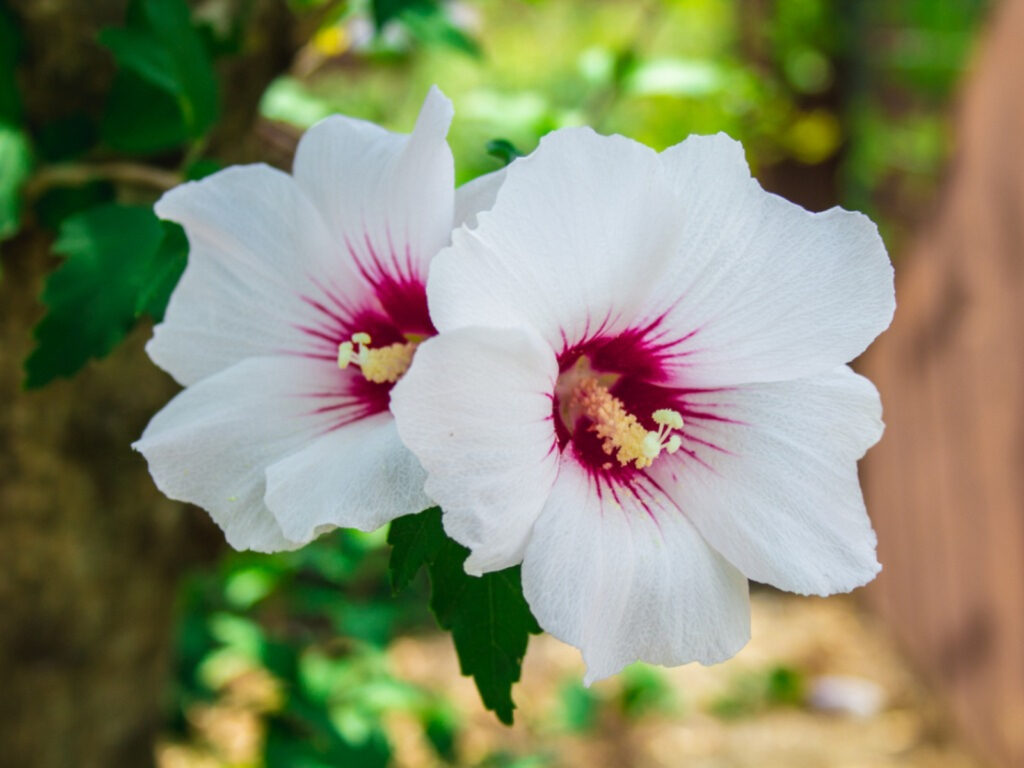
Fertilizing Hibiscus
It’s best to use liquid fertilizer when fertilizing your hibiscus plant so that it can be evenly distributed throughout the soil. You’ll want a fertilizer strong in potassium since potassium is good for hibiscus plant development, but you’ll want to avoid phosphorus because it’s a mineral that can damage the hibiscus plant, especially if it accumulates in the soil. Adding compost bark or worm castings to the soil once a year or more is an excellent technique to boost plant development.

Wintering Hibiscus
If the temperature in your area drops below 32 degrees Fahrenheit during the winter, you’ll need to take extra steps to keep your hibiscus plant safe. To begin, bring the plant indoors to a temperature of at least 50 degrees Fahrenheit. It will also require consistent sunlight and fresh water, but the plant may need less in the winter.
You may notice that your plant’s leaves have turned yellow throughout the winter. If you have been overwatering your hibiscus plants, this is a feature that will develop. They should be irrigated on a regular basis throughout the season, but only when the soil seems dry. Any more than that may indicate that you are overwatering the plant, which may cause the leaves to turn brown. If the plant’s leaves start to fall off, it’s probable that the hibiscus is going dormant, which means it’ll need a cold, wet area to stay in that state during the winter.
Growing Hibiscus in Containers
Growing hibiscus in a container is easier for many people than growing the plant in the garden. If you plant the hibiscus in a pot, you can easily move it to ensure that it receives the light it needs to thrive. In the winter, you can make sure the temperature is warm enough for the plant to live, and if it becomes too cold outside, you can immediately bring the hibiscus inside. Make sure the planter has a good drainage system. Furthermore, stone containers support hibiscus development, which is preferable to using a clay pot, which might cause the soil to become alkaline over time.
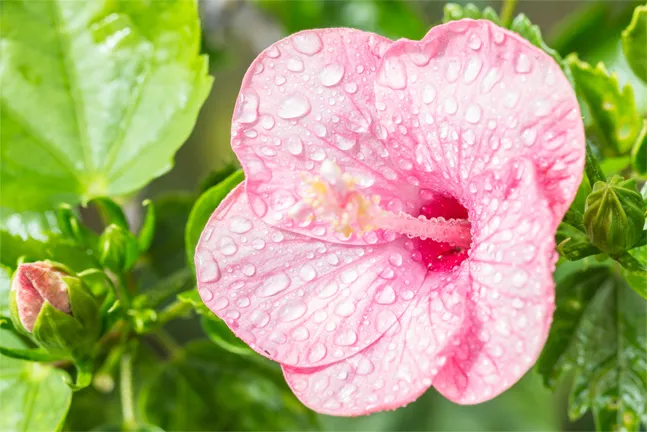
Propagation
A hibiscus soft wood cutting is the first step in propagating a hibiscus plant. This is a young branch of a plant that has not yet developed. Because the limb is still delicate, be cautious when pruning it. The cuttings should be four to six inches long and still have leaves attached at the end. To encourage the cutting to take root, place it in some well-draining soil. Cover the cutting to give the young plant a greenhouse effect and keep the soil moist until it takes root. A duplicate plant will grow using this strategy.
Seed propagation is also an option, albeit in most cases, the circumstances must be just ideal for it to operate. Create a small hole with the tip of a pen to deposit the seeds in, then fill the holes and moisten the soil where the seeds were planted. In two to four weeks, seedlings should emerge from the soil.
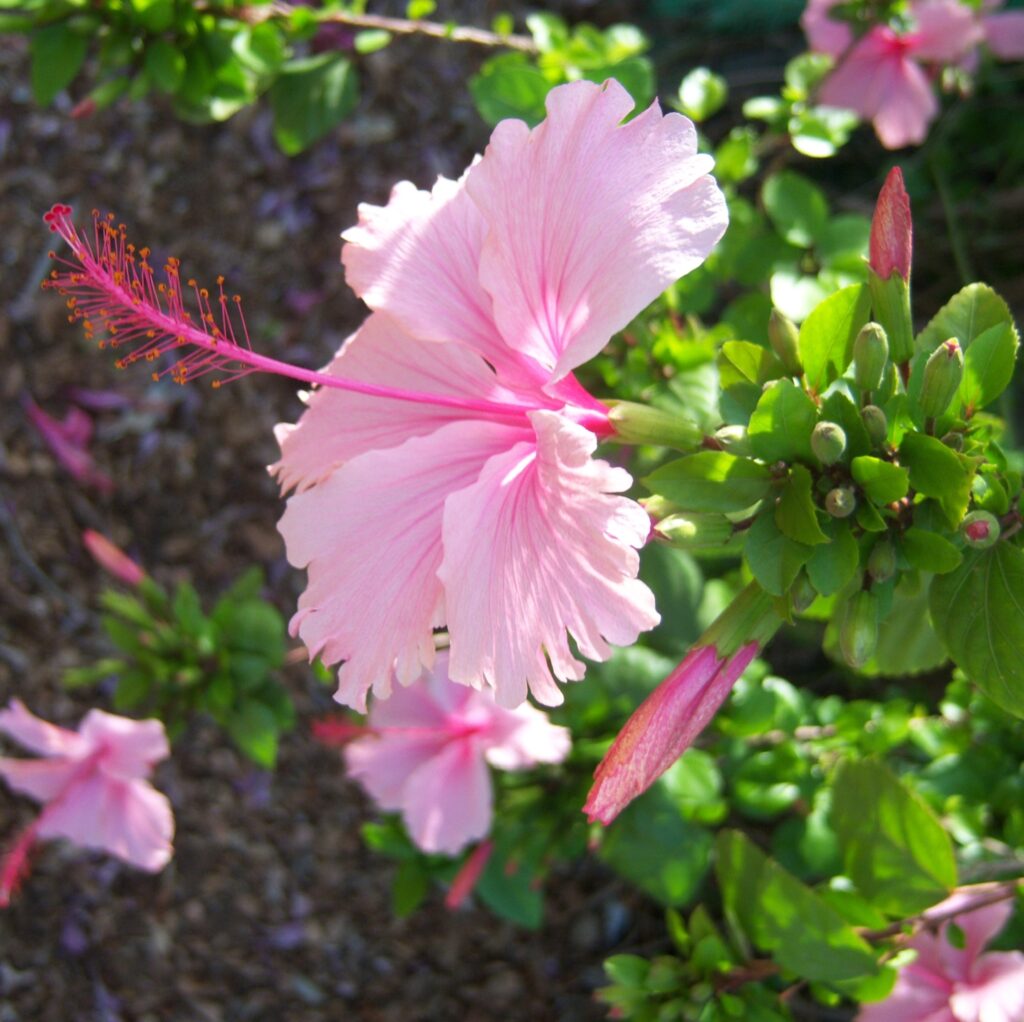
Common Problems That Hibiscus Plants Have
The leaves of Hibiscus plants can become yellow if they are not properly cared for. This is frequently caused by giving the plant too much water during the winter months. Reduce the quantity of water you feed the plant if this happens, especially if it is dormant. There’s also a danger that the plant’s leaves can burn on exceptionally hot days. Even though hibiscus is a tropical plant, it may need to be moved to a shadier spot every now and again. Aphids, mites, and whiteflies may all harm hibiscus plants, so if you discover an infestation, scrub the leaves with mild dish detergent. Some gardeners have noticed buds falling off before flowering; in this post, we’ll discuss how to keep Hibiscus blossoms from falling off.
Hibiscus plants are lovely flowering bushes that require a lot of attention, but if you want to add a tropical flavor to your yard, this is the plant for you. A hibiscus’ brief bloom life isn’t a cause for alarm; by morning, you’ll notice fresh new flowers. Simply take in the vibrant blossoms before they begin to fade in the afternoon.

